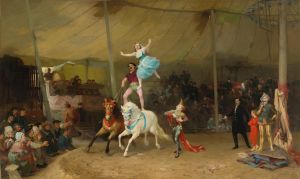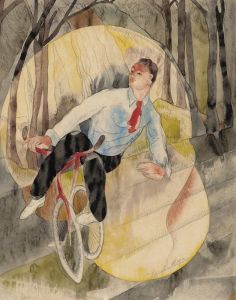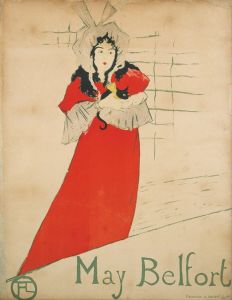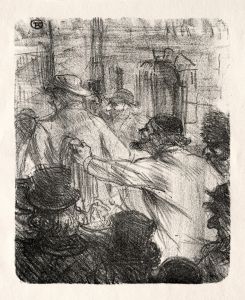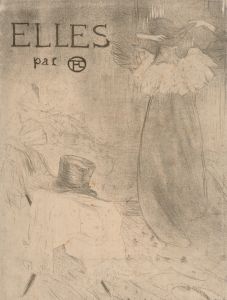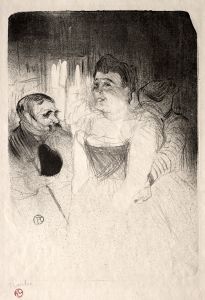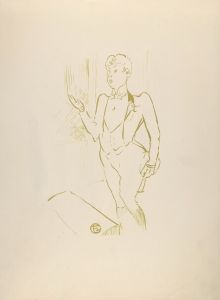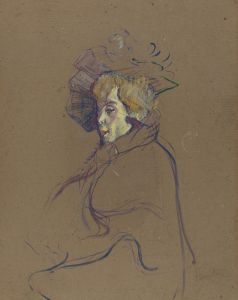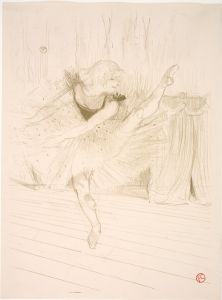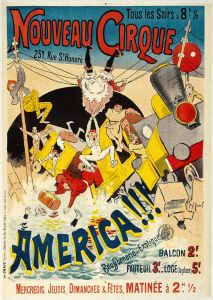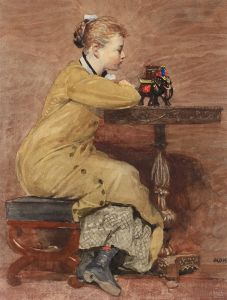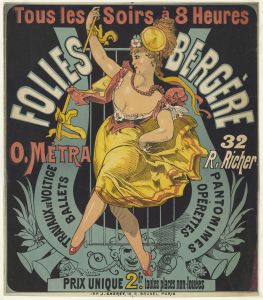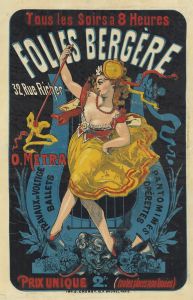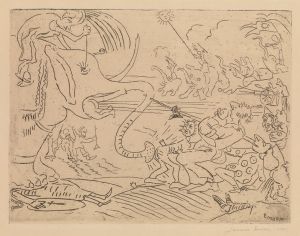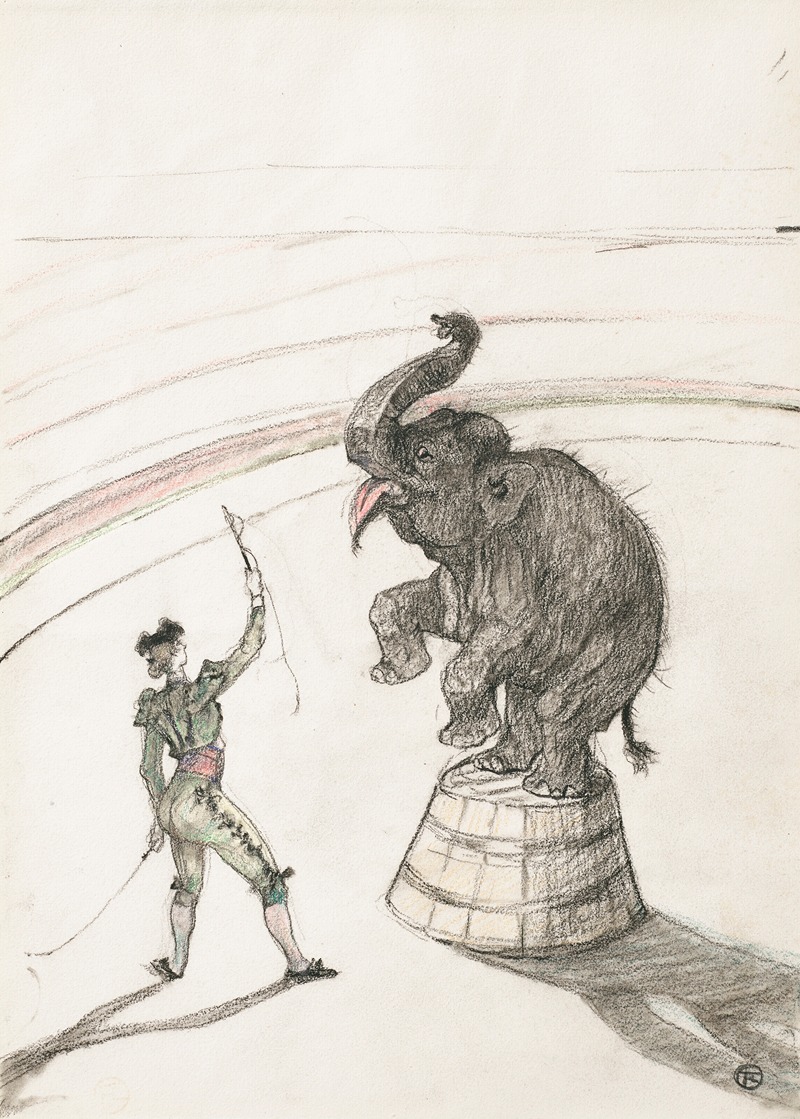
Au cirque; Éléphant en liberté
A hand-painted replica of Henri de Toulouse-Lautrec’s masterpiece Au cirque; Éléphant en liberté, meticulously crafted by professional artists to capture the true essence of the original. Each piece is created with museum-quality canvas and rare mineral pigments, carefully painted by experienced artists with delicate brushstrokes and rich, layered colors to perfectly recreate the texture of the original artwork. Unlike machine-printed reproductions, this hand-painted version brings the painting to life, infused with the artist’s emotions and skill in every stroke. Whether for personal collection or home decoration, it instantly elevates the artistic atmosphere of any space.
Henri de Toulouse-Lautrec, a prominent French artist of the Post-Impressionist period, is renowned for his depictions of Parisian nightlife, performers, and circus scenes. Among his works, Au cirque; Éléphant en liberté (At the Circus; Elephant in Freedom) is a lesser-known piece that reflects his fascination with the circus as a subject. Toulouse-Lautrec frequently attended the circus during the 1890s, particularly the Cirque Fernando in Paris, and it became a recurring theme in his art. The circus provided him with a rich source of inspiration, offering dynamic movement, dramatic lighting, and a variety of human and animal subjects.
Au cirque; Éléphant en liberté portrays an elephant in a circus setting, depicted with a sense of freedom and movement. The work is characterized by Toulouse-Lautrec's distinctive style, which combines bold, fluid lines with a keen observational eye. His approach often emphasized the essence of his subjects rather than precise detail, capturing the energy and atmosphere of the scene. The painting reflects his ability to convey both the grandeur and the underlying melancholy of the circus world.
Toulouse-Lautrec's circus works, including this piece, were part of a broader trend among late 19th-century artists who were drawn to the circus as a symbol of modern life and its complexities. The circus represented a space where artifice and reality intersected, offering a microcosm of society. For Toulouse-Lautrec, it also provided an opportunity to explore themes of performance, identity, and the human condition.
The exact date of creation for Au cirque; Éléphant en liberté is not definitively documented, but it is generally associated with the period in the 1890s when Toulouse-Lautrec was actively producing circus-themed works. The medium and dimensions of the piece are also not widely recorded in public sources, making it difficult to provide detailed technical information about the artwork.
As with many of Toulouse-Lautrec's works, Au cirque; Éléphant en liberté reflects his innovative use of composition and his ability to distill complex scenes into striking, evocative images. While not as widely recognized as some of his other works, this piece contributes to the broader understanding of his artistic exploration of the circus and its role in his oeuvre.





